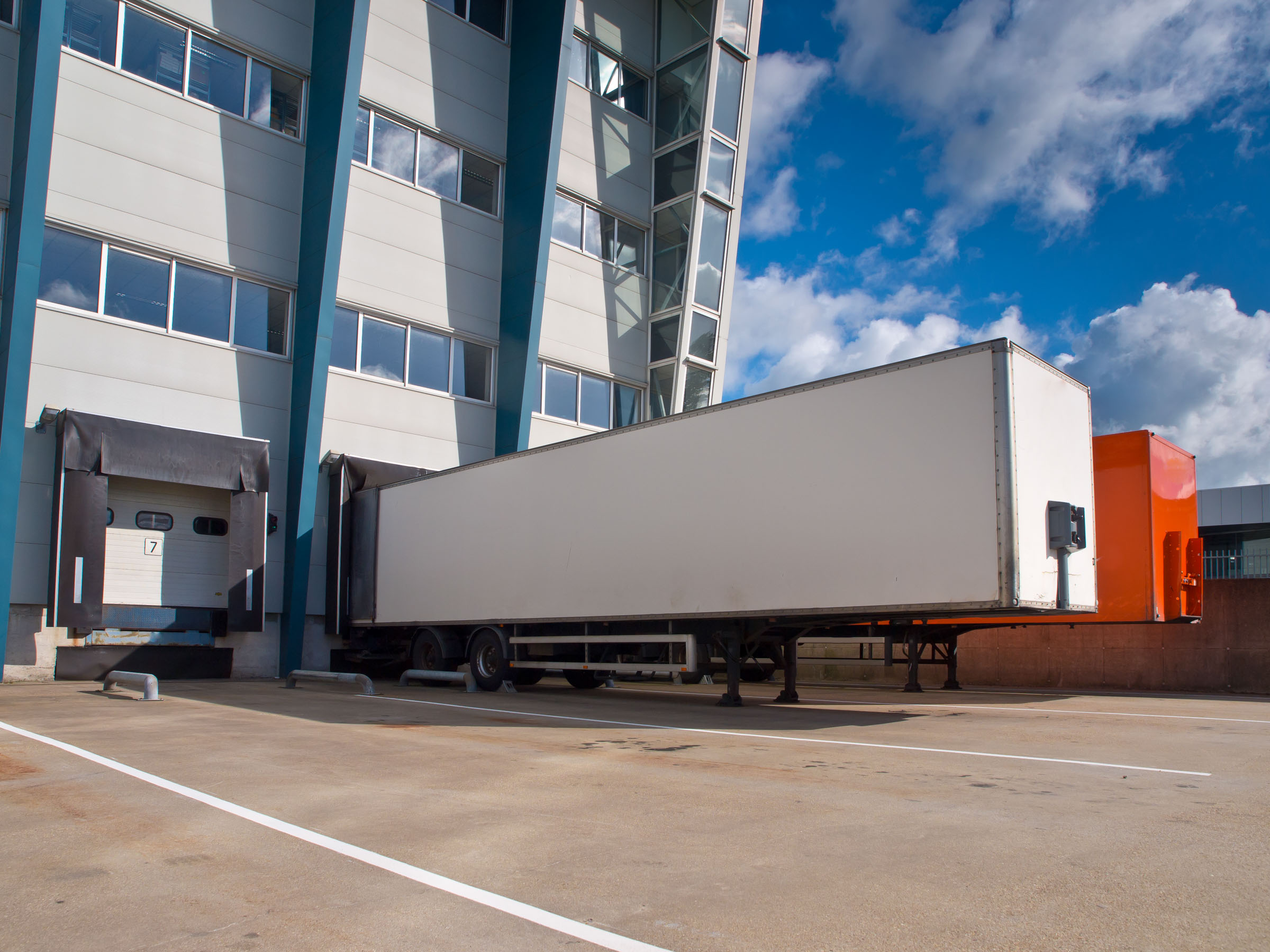Maximizing driver utilization: The hidden profit center in modern fleet operations
Fleet profitability hinges on one fundamental metric that often gets overlooked in the complexity of daily operations: how effectively your drivers spend their available hours generating revenue. While trucks sitting idle in yards visibly signal underutilization, the more insidious drain occurs when drivers are on the clock but not maximizing productive miles due to systemic inefficiencies in dispatch planning and load assignment.
Understanding the true cost of underutilized drivers
Driver utilization represents the percentage of available driving hours actually spent hauling revenue-generating loads. This metric directly correlates with profitability—every hour a driver remains unassigned or stuck in excessive dwell time represents lost revenue opportunity and increased operational costs. Research indicates that improving driver utilization rate by even 5-10% can translate to hundreds of thousands in additional annual revenue for fleets operating at scale.
The challenge intensifies when considering the full spectrum of operational constraints. Hours of Service regulations create rigid boundaries around available driving time, making every minute precious. Meanwhile, driver preferences regarding routes, home time, and equipment requirements add layers of complexity to the assignment puzzle. Facility delays compound these issues, creating cascading effects that ripple through dispatch schedules and further erode productive driving time.
Consider a scenario where dispatch assigns a load without accounting for a driver's remaining HOS availability. The driver reaches the delivery location but lacks sufficient hours to complete the return trip, resulting in an unplanned layover. This single misalignment creates 10-12 hours of unproductive time, impacts the next day's assignments, and potentially delays multiple subsequent loads. Multiply this scenario across dozens of daily dispatch decisions, and the cumulative impact on fleet efficiency becomes staggering.
Fluctuating freight volumes: The utilization killer
Market volatility creates feast-or-famine cycles that wreak havoc on consistent driver deployment. During peak periods, fleets scramble to cover loads, often resorting to expensive broker options. During valleys, drivers sit idle while fixed costs continue accumulating. This irregularity makes maintaining optimal driver utilization rate particularly challenging for operations teams managing hundreds of assets across multiple regions.
The data reveals that fleets tracking utilization through daily reports comparing loaded versus empty miles often discover significant variance between driver segments. Dedicated route drivers might maintain 85% utilization while one-way drivers hover around 65%, indicating opportunities for targeted optimization strategies. These disparities suggest that blanket approaches to dispatch planning leave substantial efficiency gains unrealized.
Network imbalances further complicate utilization optimization. Too many drivers concentrated in one region while another faces shortages creates artificial capacity constraints. Without sophisticated visibility into driver locations, next-available times, and regional freight patterns, planners resort to reactive decisions that perpetuate these imbalances rather than strategically repositioning assets for maximum efficiency.
The hidden cost of manual planning processes
Excessive planning time represents another critical drain on operational efficiency. When dispatchers spend hours manually matching loads to drivers, considering multiple constraints through spreadsheets and phone calls, the opportunity cost extends beyond labor expenses. Delayed decisions mean drivers wait longer for assignments, freight sits unassigned, and customer service levels deteriorate.
Research demonstrates that planning inconsistencies among team members create additional utilization challenges. Different planners applying varying criteria for load assignments result in suboptimal matches that fail to maximize driver productivity. One planner might prioritize minimizing deadhead miles while another focuses on driver preferences, creating systemic inefficiencies that compound over time.
The coefficient of variation in miles and plans assigned to drivers serves as a telling indicator of these inconsistencies. High variance suggests some drivers receive consistent, profitable routes while others face irregular assignments with excessive downtime. This imbalance not only impacts financial performance but also driver satisfaction and retention—critical concerns given ongoing industry labor challenges.
Technology transformation: From reactive to predictive dispatch
Modern Transportation Management Systems equipped with AI-assisted planning capabilities fundamentally alter the utilization equation. These platforms process thousands of variables simultaneously, identifying optimal load-driver combinations that human planners might never discover through manual analysis. However, the key to successful implementation lies not in replacing human judgment but augmenting it with intelligent automation.
Transparency and adjustability emerge as critical success factors. Operations teams need visibility into why the system recommends specific assignments, with the ability to override decisions based on real-world factors that algorithms might miss. For example, imagine a system that suggests assigning a high-value load to a driver based on proximity and HOS availability. The dispatcher, knowing this driver struggles with the specific customer's loading procedures, can quickly reassign while the system learns from this adjustment for future recommendations.
Implementation typically follows a phased approach spanning 12-16 weeks:
- Weeks 1-4 focus on data integration and system configuration, establishing connections with existing TMS platforms and defining operational parameters. During this phase, teams identify key performance indicators and establish baseline measurements for current driver utilization rates.
- Weeks 5-8 involve parallel processing, where the new system runs alongside existing processes without making live decisions. This period allows planners to compare system recommendations against their manual decisions, building confidence while identifying necessary adjustments.
- Weeks 9-12 transition to supervised automation, with the system making initial assignments that planners review and approve. Teams typically see immediate improvements in planning speed and consistency, with driver utilization rate improvements of 3-5% during this initial phase.
- Weeks 13-16 mark full deployment with continuous optimization. By this stage, planners focus on exception management and strategic decisions while the system handles routine assignments. Fleets commonly report 8-12% improvements in overall driver utilization within the first six months.
Measuring success: Beyond basic utilization metrics
Effective utilization management requires comprehensive measurement frameworks that capture both efficiency and consistency. Average driver efficiency provides the headline number, but drilling into granular metrics reveals optimization opportunities.
Loading dwell time analysis often uncovers surprising inefficiencies. When drivers average three hours at loading facilities but certain locations consistently exceed five hours, targeted interventions with specific customers or facilities can yield immediate improvements. Similarly, tracking the ratio of weekend and Monday assignments helps identify imbalances in work distribution that impact both utilization and driver satisfaction.
Total miles driven per available hour offers another crucial perspective, distinguishing between drivers who are technically utilized but operating below optimal productivity. Picture this situation: two drivers both show 80% utilization, but one averages 450 miles per day while the other achieves only 350 miles. The disparity might indicate poor route planning, excessive urban deliveries, or equipment issues requiring different optimization strategies.
Scenario modeling capabilities enable proactive optimization. Planners can simulate the impact of reducing deadhead percentages by 2%, maximizing loaded miles through strategic repositioning, or rebalancing regional driver deployment. These models provide concrete projections for ROI calculations, transforming utilization improvement from abstract goals to measurable financial targets.
Implementation roadmap: From insight to action
Successful utilization optimization requires structured approaches that balance technological capabilities with operational realities. The following framework provides actionable steps for immediate implementation:
- Start by establishing baseline measurements across all utilization metrics, segmented by driver type, region, and equipment class. This granular view reveals where improvements will yield maximum impact. Many fleets discover that focusing on their bottom quartile of utilized drivers offers quicker wins than attempting system-wide changes.
- Next, identify and address the most significant barriers to utilization. If irregular freight patterns create volatility, explore partnerships or lane agreements that provide consistent volume. When planning inconsistencies emerge as primary issues, standardize decision criteria and provide enhanced training for dispatch teams.
- Technology evaluation should focus on solutions offering transparent, adjustable optimization rather than black-box algorithms. Request demonstrations using your actual operational data, observing how systems handle your specific constraints and exceptions. Pay particular attention to integration capabilities with existing TMS platforms and the learning curve for dispatch teams.
- For fleets managing 100-500 trucks, expect initial investments of $50,000-150,000 for comprehensive optimization platforms, with ongoing monthly costs of $15-30 per truck. ROI typically manifests through multiple channels: a 10% improvement in driver utilization rate might generate $500,000-1,500,000 in additional annual revenue, while reducing planning time by 40% frees dispatcher capacity for strategic activities and exception management.
- Consider establishing pilot programs with defined success criteria before full-scale deployment. Select a subset of 20-30 drivers operating in a specific region or lane network. Measure utilization improvements, planning time reductions, and driver satisfaction changes over 60-90 days. Use these results to build organizational buy-in and refine implementation strategies for broader rollout.
Building sustainable competitive advantages
Long-term success in utilization optimization extends beyond technology implementation to organizational transformation. Creating feedback loops between drivers, planners, and systems ensures continuous improvement while maintaining operational flexibility.
Driver input mechanisms prove invaluable for identifying hidden inefficiencies. Regular surveys and feedback sessions often reveal systemic issues invisible in operational data. Drivers might report consistent delays at specific facilities, preferences for certain route combinations that actually improve efficiency, or equipment issues that impact productivity.
Planning teams require ongoing development to maximize technology benefits. Rather than viewing automation as workforce reduction, position it as capability enhancement that enables planners to focus on strategic decisions and relationship management. Invest in training programs that develop analytical skills and strategic thinking, transforming dispatchers into optimization specialists who leverage technology for competitive advantage.
Performance management systems should align with utilization goals, incorporating both efficiency metrics and consistency measures. Recognize planners who achieve high average utilization while maintaining low variance across their assigned drivers. Similarly, reward drivers who consistently accept challenging assignments that help balance network capacity, creating cultural reinforcement for utilization optimization.
Conclusion: The path to operational excellence
Driver utilization stands as the cornerstone metric that determines whether fleets merely survive or genuinely thrive in competitive transportation markets. The convergence of sophisticated planning technologies with proven operational practices creates unprecedented opportunities for forward-thinking organizations to transform this metric from a persistent challenge into a sustainable competitive advantage.
Success requires more than technology adoption—it demands commitment to data-driven decision-making, investment in team capabilities, and willingness to challenge traditional planning approaches. Fleets that embrace this transformation, leveraging AI-assisted optimization while maintaining human oversight and flexibility, position themselves to capture significant value through improved asset productivity, enhanced driver satisfaction, and superior customer service.
The journey toward optimized driver utilization begins with a single step: measuring current performance and identifying immediate improvement opportunities. Whether through incremental process improvements or comprehensive technology transformation, every percentage point gained in utilization translates directly to bottom-line results. In an industry where margins remain perpetually thin, maximizing the productivity of your most valuable assets—your drivers—represents not just operational improvement but strategic imperative for long-term success.




